OralScan
OralScan is an optical imaging multimodal device for the early detection of (pre-) cancerous lesions of the oral cavity. The device operates on the principle of diffuse reflectance and tissue autofluorescence wherein light undergoes multiple absorption and scattering events before emerging from the tissue surface. Tumour tissues undergo biochemical and morphological changes during the process of carcinogenesis, which is reflected in the optical signals emanating from the tissue. The device uses an optical system with custom-built software and algorithms for tissue analysis. OralScan enables the physician to visualize and discriminate between healthy and potentially malignant sites of the oral cavity before they perform a biopsy. The diagnostic advantages of OralScan include non-invasive in vivo procedures and services, wide-field imaging of the oral cavity, utilization of a cloud-based machine learning algorithm for real-time feedback on tissue status, and application of oxygenated haemoglobin (HbO2) absorption maps for biopsy guidance.
OralScan is a CE-marked and CDSCO approved product
Specifications :
- Non-invasive, hand-held intraoral multimodal imaging device integrated with a high resolution (5MPx) monochrome CMOS sensor (2592×1944 resolution, 2.2 micron size pixels)
- Tissue illumination with violet (405nm), green (542nm) and red (610nm) LEDs
- Quantitative and real time feedback on tissue status with the help of a cloud based Machine Learning (ML) algorithm
- Clinically validated device for screening and early detection of oral potentially malignant lesions (OPML)
- Ideally suited for biopsy guidance
- Portable for use along with a Windows Tablet or Laptop in remote locations
- Quick and pain free screening
- Trained health workers and paramedical staff can operate the instrument
- Suitable for periodic reviews following surgical/radiation treatments

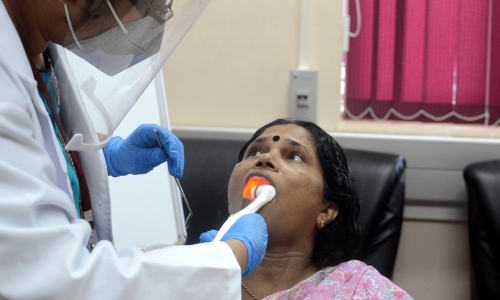
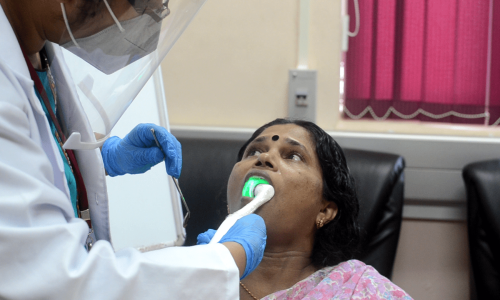
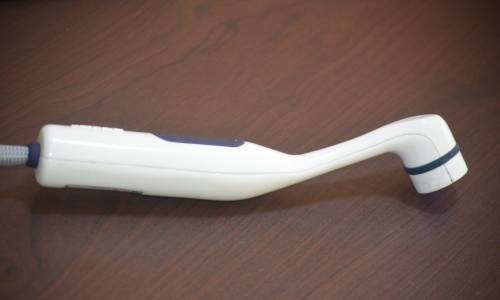

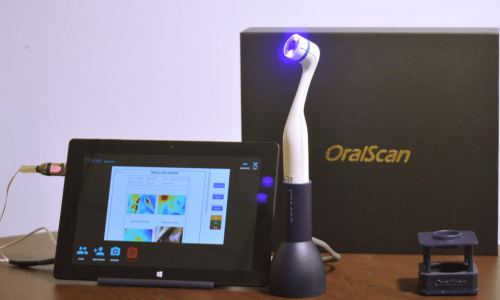


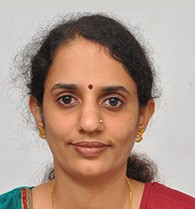



1 thought on “Oral cancer screening device”
Comments are closed.